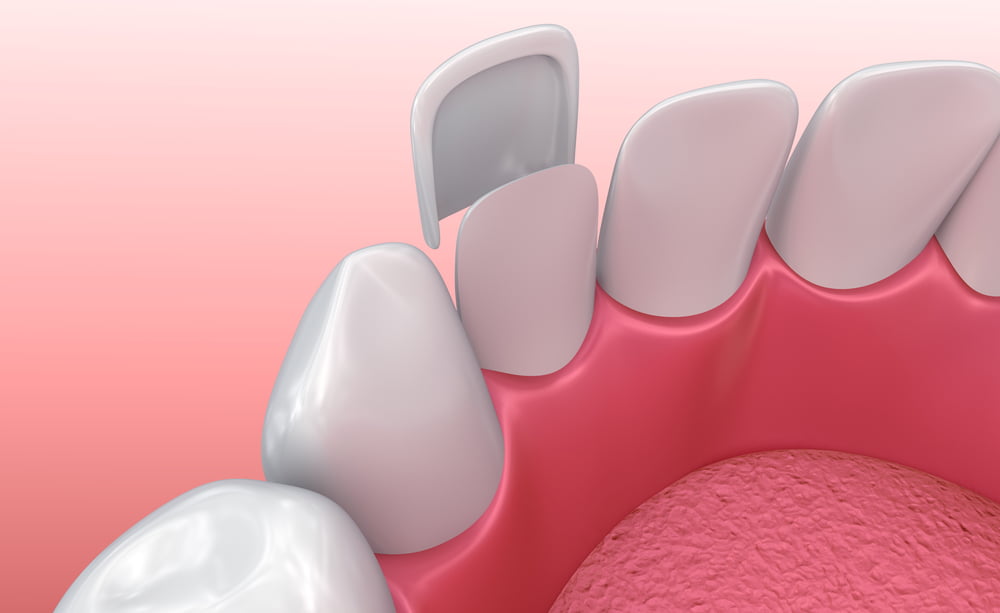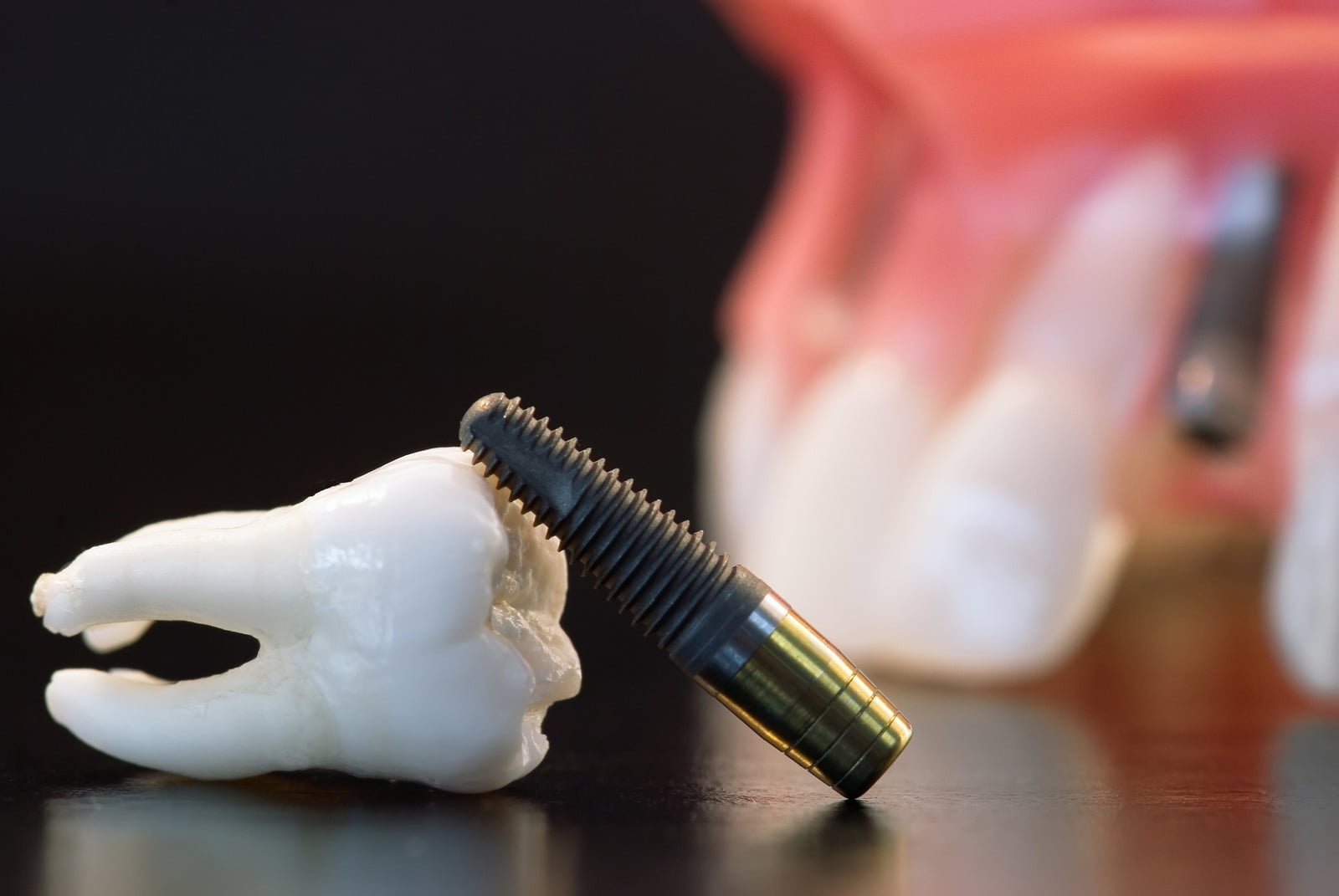Dental implants have become a cornerstone of modern dentistry, offering a durable and aesthetically pleasing solution for missing teeth. One of the most exciting advancements on the horizon is the use of stem cells in dental implants. This innovative approach promises to revolutionize the field by enhancing the implant process and addressing some of the limitations of traditional methods. In this comprehensive article, we delve into the future of dental implants using stem cells, exploring the benefits of dental implants, potential drawbacks, and current research efforts.
What Are Stem Cells and How Can They Be Used in Dental Implants?
Stem Cells Defined
Stem cells are unique cells with the remarkable ability to develop into various types of cells found in the body. They are undifferentiated, meaning they have not yet specialized into a specific cell type. This characteristic makes them invaluable in regenerative medicine, as they can potentially transform into the types of cells needed to repair or replace damaged tissues.
There are different types of stem cells, including:
- Embryonic Stem Cells: These are pluripotent, meaning they can develop into any cell type in the body. They are derived from early-stage embryos.
- Adult Stem Cells: These are multipotent and found in various tissues, such as bone marrow and adipose (fat) tissue. They are more limited in their ability to differentiate compared to embryonic stem cells.
- Induced Pluripotent Stem Cells (iPSCs): These are adult cells that have been genetically reprogrammed to behave like embryonic stem cells. They offer a promising alternative to embryonic stem cells.
Application in Dental Implants
In the context of dental implants, stem cells can be used to improve several aspects of the treatment process. Stem cells can help address this challenge in several ways:
- Bone Regeneration: Stem cells can be utilized to grow new bone tissue at the implant site. This is particularly valuable for patients with insufficient bone density, who may not be suitable candidates for traditional implants.
- Gum Tissue Regeneration: In addition to bone, stem cells can aid in regenerating gum tissue around the implant site. Healthy gum tissue is crucial for the stability and success of dental implants, and stem cells can help restore this tissue more effectively than conventional methods.
- Accelerated Healing: Stem cells have the potential to speed up the healing process by promoting tissue repair and reducing inflammation. This could lead to shorter recovery times and fewer complications following the implant procedure.
How Does Dental Implant Using Stem Cells Differ from Traditional Implants?
Traditional Dental Implants
Traditional dental implants involve several stages:
- Initial Consultation: The dentist assesses the patient’s oral health, takes x-rays or scans, and determines the suitability of dental implants.
- Implant Placement: A titanium post is surgically inserted into the jawbone, serving as a replacement root for the missing tooth. The post is left to integrate with the bone over several months in a process called osseointegration.
- Abutment Placement: Once the implant has integrated with the bone, an abutment is attached to the post. This serves as a connector between the implant and the artificial tooth.
- Crown Placement: Finally, a custom-made dental crown is placed on top of the abutment to complete the restoration.
Dental Implants Using Stem Cells
Stem cell-based dental implants represent an advanced approach that could simplify and enhance this process. Key differences include:
- Enhanced Bone Growth: Rather than relying solely on the body’s natural bone growth, stem cells can be used to accelerate and improve the regeneration of bone at the implant site. This may reduce the need for multiple stages and additional procedures.
- Reduced Need for Bone Grafting: Traditional implants often require bone grafting if the patient has insufficient bone density. Stem cell-based implants could potentially eliminate or minimize the need for grafting by stimulating natural bone growth.
- Faster Healing: Stem cells may enhance the healing process, potentially reducing the time required for osseointegration and overall recovery.
- Personalized Treatment: Stem cell technology allows for more personalized treatments. For example, stem cells can be harvested from the patient and tailored to their specific needs, leading to better outcomes.
What Are the Main Advantages of Dental Implants Using Stem Cells?
The integration of stem cells into dental implant technology offers several significant advantages:
- Improved Bone Regeneration: Stem cells can help build new bone tissue more effectively, making it possible to place implants in patients with previously inadequate bone density.
- Accelerated Healing and Recovery: Stem cells have regenerative properties that can speed up the healing process.
- Reduced Need for Bone Grafting: Traditional implants often require bone grafts if the patient’s bone is insufficient.
- Enhanced Soft Tissue Healing: Stem cells can also aid in regenerating gum tissue around the implant site
- Personalized Treatment: Cells can be sourced from the patient’s own body, reducing the risk of rejection and ensuring a better match for the implant site.
What Are the Potential Drawbacks of Dental Implants Using Stem Cells?
While the use of stem cells in dental implants holds great promise, there are several potential drawbacks to consider:
- Complexity and Cost: The process of harvesting, preparing, and applying stem cells is complex and can be expensive.
- Regulatory and Ethical Concerns: The use of stem cells, especially embryonic stem cells, is subject to stringent regulatory and ethical considerations.
- Limited Long-Term Data: As stem cell technology is relatively new in the field of dental implants, there is limited long-term data on its effectiveness and durability.
- Variability in Outcomes: The success of stem cell-based implants may vary depending on individual patient factors, such as the quality of the stem cells used and the patient’s overall health..
What Is the Success Rate of Dental Implants Using Stem Cells?
Current research is focused on assessing various aspects of stem cell-based implants, including:
- Bone Integration: How well do stem cell-based implants integrate with the bone compared to traditional implants?
- Healing Times: Are healing times significantly shorter with stem cell-based implants?
- Long-Term Outcomes: What are the long-term success rates and durability of stem cell-based implants?
What Are the Current Trials on Dental Implants Using Stem Cells?
Several clinical trials and research studies are currently exploring the use of stem cells in dental implants. These trials are investigating various aspects of the technology, including:
- Bone Regeneration Studies: Trials are assessing the effectiveness of stem cells in regenerating bone tissue around dental implants.
- Clinical Outcome Evaluations: Researchers are comparing the clinical outcomes of stem cell-based implants with traditional implants.
- Safety and Efficacy Assessments: Trials are also focused on evaluating the safety and efficacy of stem cell-based implants.
- Innovation in Techniques: Advancements in cell harvesting, preparation, and application to improve outcomes.
Conclusion
The future of dental implants using stem cells represents an exciting frontier in oral healthcare. By leveraging the regenerative potential of stem cells, this innovative approach has the potential to enhance bone and gum tissue regeneration, accelerate healing, and provide more personalized treatment options. While there are challenges to overcome, such as complexity, cost, and regulatory considerations, the benefits of stem cell-based dental implants are significant and could transform the field of implant dentistry.




